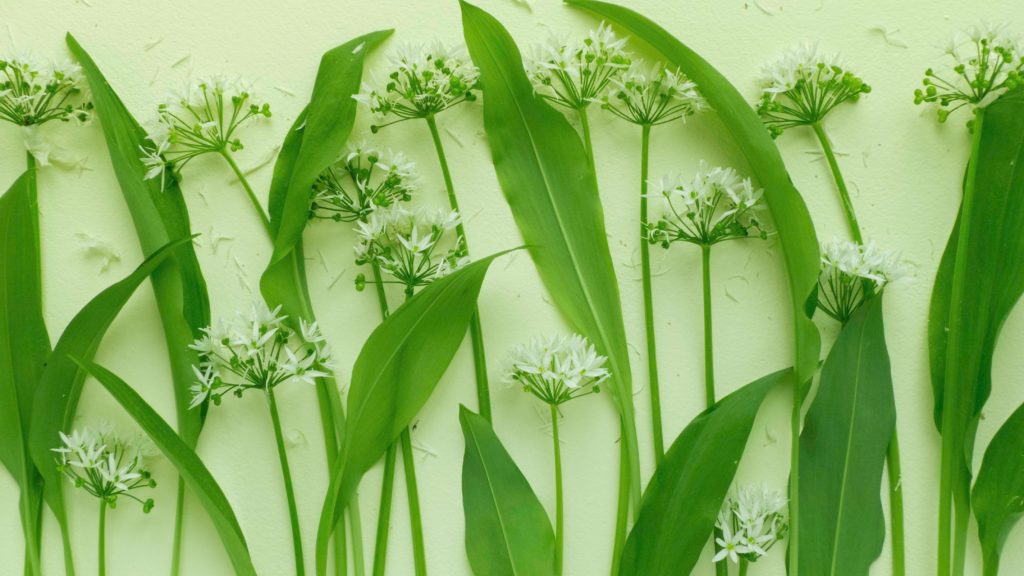If you dream of having a garden full of fresh produce, but your yard is surrounded by tall trees or buildings, your dream can still come true! Though many edible plants need sunshine to thrive and produce, others do perfectly fine in shady spots, sometimes even in full shade. It's simply a matter of knowing the fruits and vegetables that grow in the shade in Bettendorf.
How to Grow Edible Plants in Shade
 Depending on your yard setup, you have a variety of options for incorporating edible plants into your landscape.
Depending on your yard setup, you have a variety of options for incorporating edible plants into your landscape.
- Grow in window boxes. This is an excellent option if you're tight on space or want to liven up one spot along your home. Try creating a showy window box with herbs, small varieties of veggies, and flowers.
- Work into your garden design. Maximize the space you have by incorporating shade-tolerant plants into your existing landscape. For example, grow lettuce under the towering tomato plant that takes up the one sunny spot in your garden. Though the lettuce won't get direct sun all day long like the tomato needs, the lettuce can still grow plentifully in the shade!
- Add edibles to flower containers. Instead of your usual go-to "filler, thriller, and spiller" flowering annuals, try some fun edibles, like curly parsley as a filler or lemongrass as a thriller! They'll add a beautiful fragrance to your pots, plus that curly parsley will attract butterflies to your garden!
What Edible Plants Grow in the Shade?
All plants need at least a bit of sun to grow, but even dappled sunlight, like what trickles through as branches in the canopy above blows around, will be enough for some edible plants. If your yard doesn't get dappled sunlight, and no one area gets at least two hours of sun each day, which is beyond what's considered a full shade area, consider growing your edible plants in containers so you can move them around to chase the sunshine. In general, plants grown for their leaves and stems, rather than those grown for their roots or fruit, tolerate shady areas, though there are some exceptions.

- Edible Flowers: Incorporate pansies, violets, and calendula into shady areas in your garden or create colorful — and tasty! — containers. Calendula can even grow in full shade, which is defined as an area that gets fewer than three hours of direct sunlight each day.
- Herbs: Start a herb garden in a window box or underneath a tree. Chives, curly parsley, dill, lemongrass, mint, and thyme do well in the shade. Grow mint in a container because, when grown directly in the ground, it spreads fast and can take over your garden!
- Vegetables: Leafy greens, like arugula, leaf lettuce, kale, spinach, and Swiss chard, are all favorites for shaded gardens. Grow underneath taller plants in your garden or in containers. You can even create an entire themed container dedicated to your salad favorites! Blossoming and root vegetables need lots of sunshine, though carrots and potatoes can tolerate partially shaded areas. They still need about six hours of full sun and will take longer to mature than if grown in a sunny spot.
- Fruit: Though many fruit plants need full sun, raspberries and blueberries can tolerate some shade, which might make them the best berries to grow in your yard. Rhubarb, which is actually a vegetable but commonly thought of as a fruit, can also grow in light shade. For a sweet, tangy, and savory summer salad, try this Strawberry Rhubarb Salad Dressing!


